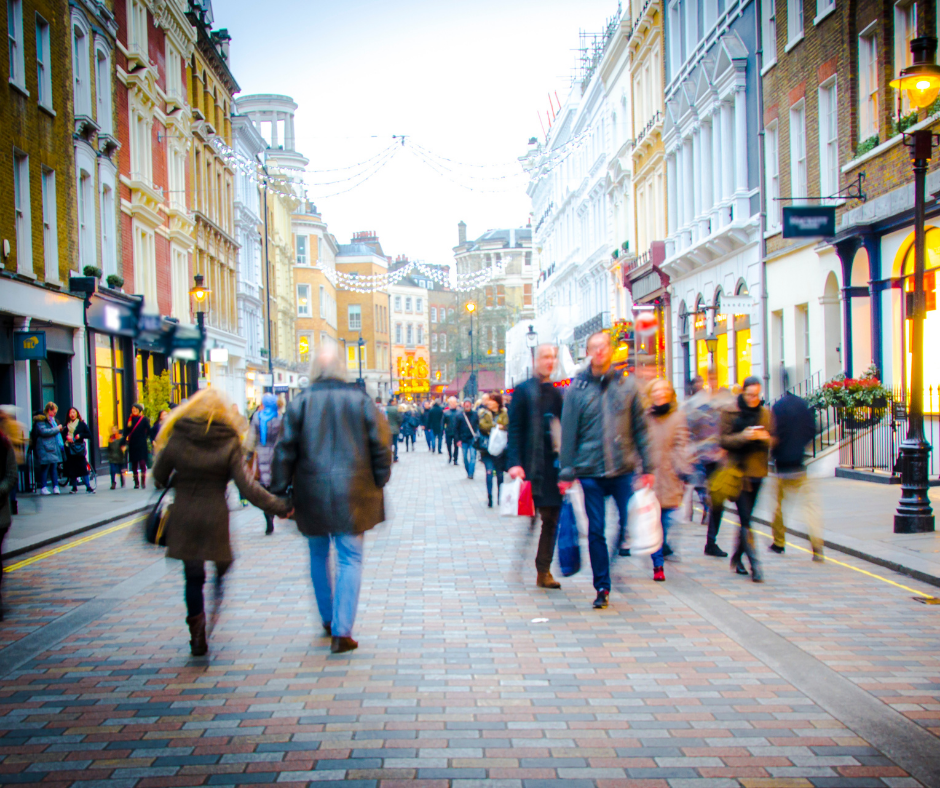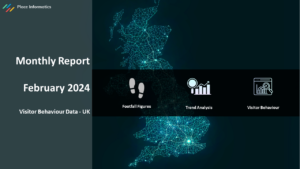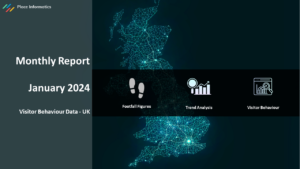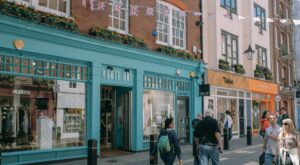Heritage Sites are locations of historical importance that are designated by the government for protection and preservation. Measuring visitor location data can help attract more visitors, as well as help heritage organisations better understand who is visiting and why, ensuring these places and other historic attractions remain a vital part of society and culture.
What is visitor location data?
Visitor location data is information on the geographical whereabouts of a user’s device and can be collected through a variety of means, including GPS tracking from GDPR compliant apps, mobile networks, surveys, and Wi-Fi triangulation.
This data can be used to create heat maps that show where your most valuable visitors are coming from via their postcode region, identify visit frequency, measure footfall and understand which attractions are most popular to improve visitor experience.
The types of visitors
There are three types of visitors that a destination can receive: local, core and tourist. Each type of visitor has a different impact on the local economy and environment, which is vital when planning for tourism developments, promoting events for tourists and facilities management.
Local visitors are people who live in the local area and visit attractions in their own town or city. Core visitors are those who live outside of the local area, but within the destination’s catchment area. Finally, tourist visitors are people who come from outside both areas for leisure or business purposes.
Measuring visitor location data to market new catchment areas
Heritage Action Zones are a valuable part of any community. However, in order to continue attracting these visitors, reach a larger audience and boost the local economy, it’s important to use visitor location data to market to new catchment areas with targeted campaigns.
For example, with social media you can share relevant updates, content or even hold online contests / giveaways. Collaborating with other local businesses is another way to promote Heritage Sites. This could involve joint marketing initiatives, cross-promotion, or even organising special events or tours. Making use of marketing tools such as search engine optimization and paid advertising can also be effective to increase a Heritage Site’s presence online too.
Overall, visitor location data can help Heritage Action Zone organisers or HAZ Officers track marketing and footfall performance over time to maximise visitor numbers and revenue, as well as helping them to make better decisions about where to allocate their resources and spending for an increased return on investment.
Realise your Heritage Action Zone Site’s potential today
Attract more visitors to your Heritage Site with our HeritageActionZones.AI where you’ll receive instant access to the latest visitor behaviour and footfall data for any UK location.
If you would like to talk to us about data requirements for your Heritage Site or Heritage Action Zone, call 0161 706 1343 or message info@placeinformatics.com






